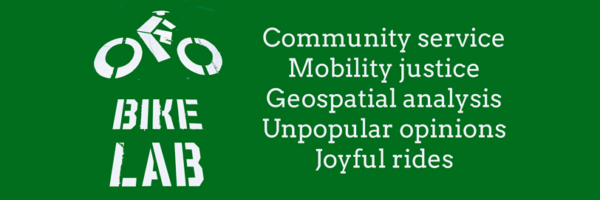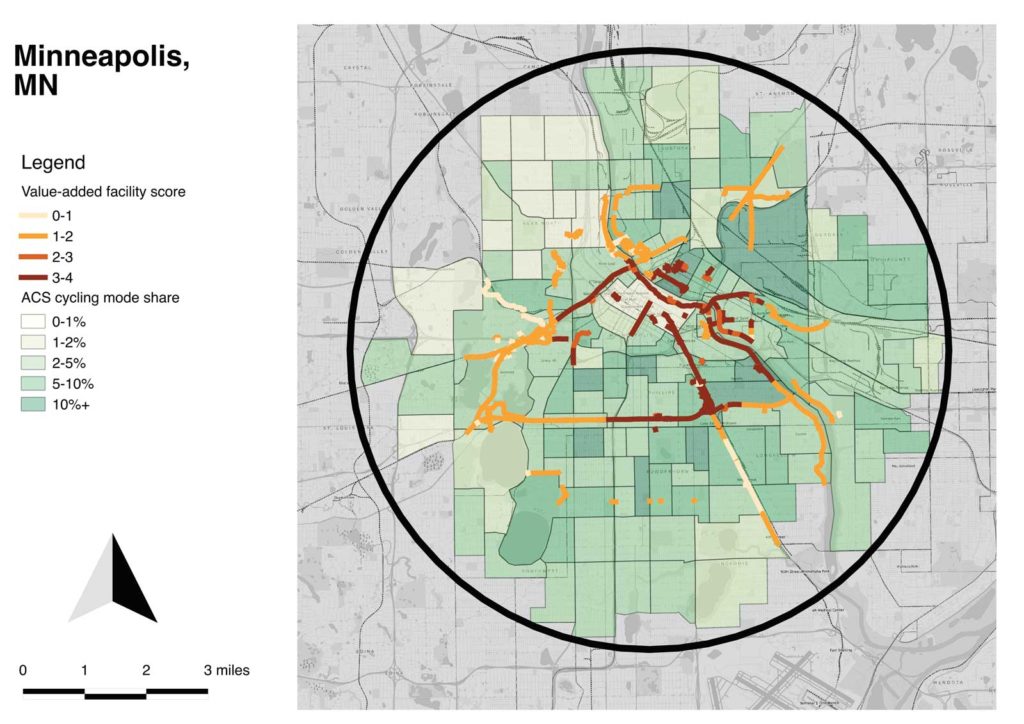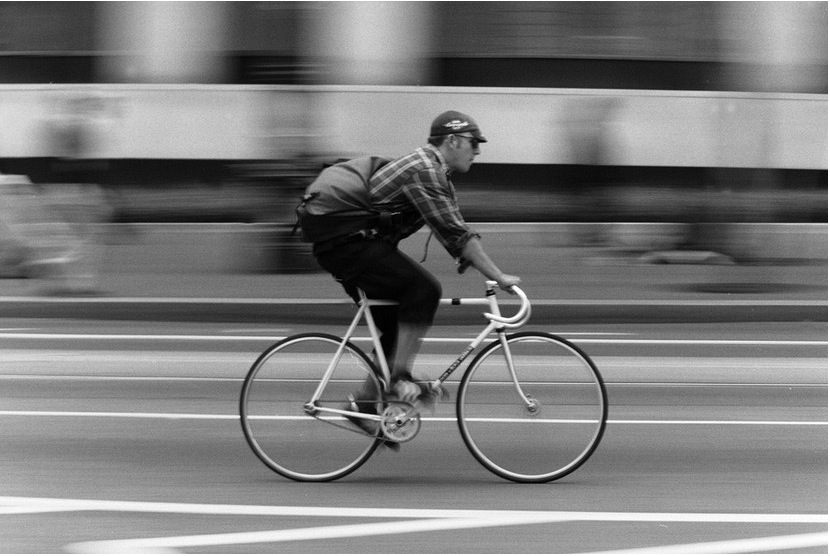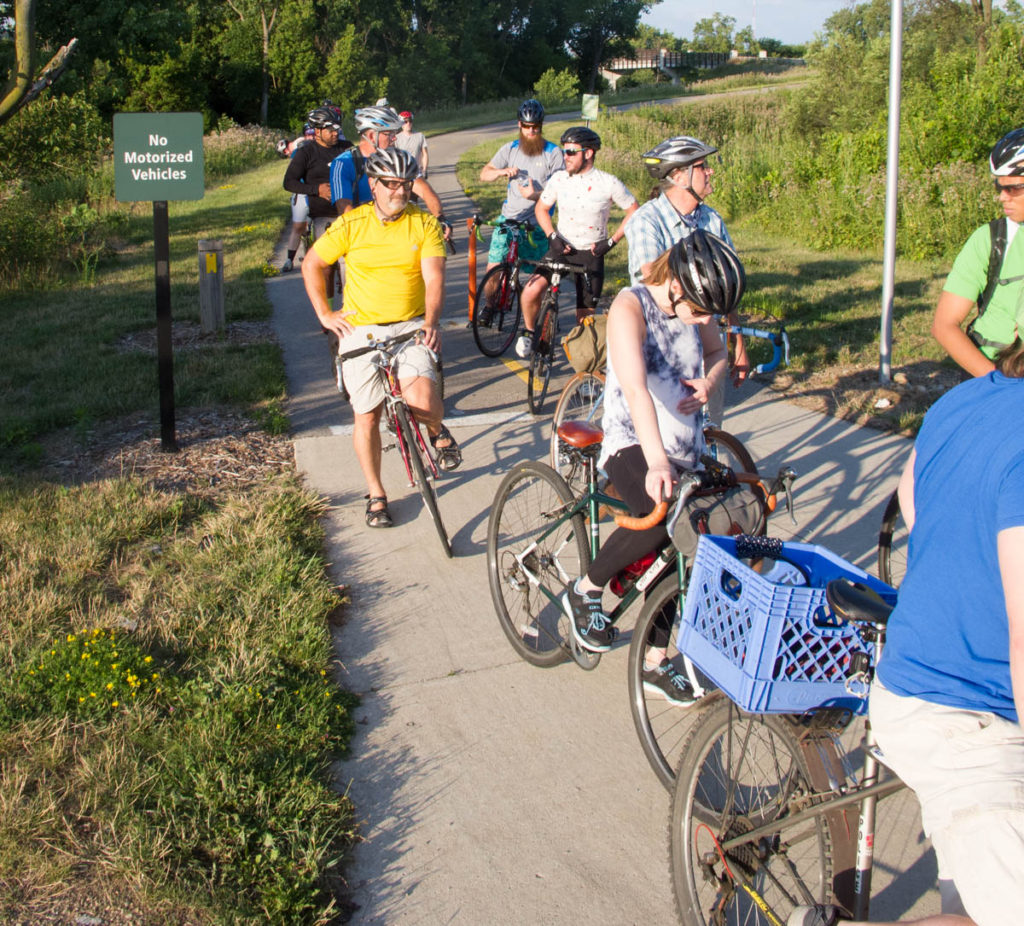Maps of commute biking and value-added facilities
Combining my concepts of target area and value-added facilities, I developed maps for each city which select the circle of census tracts near the central city which have the great number of commute cyclists.
One thing that’s visibly notable is the relatively weak connection of value-added facilities to cycling rates; only in Columbus are they well-connected. Part of what I conclude is that cultural factors and the indigenous qualities of the street network are more important than value-added facilities in cycling mode choice.
The methodology is potentially interesting for other kinds of analysis; you could easily optimize for any other census data.





